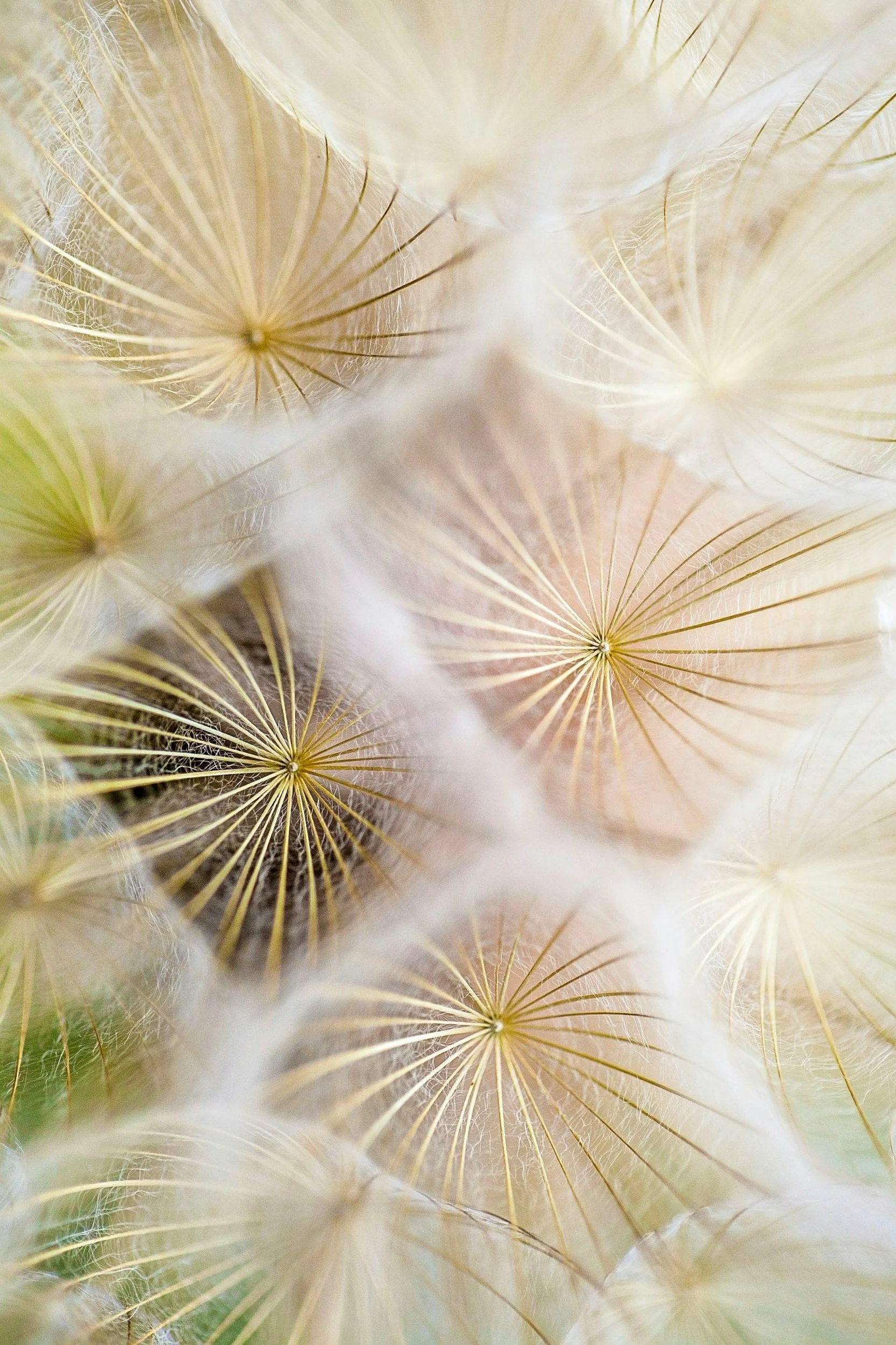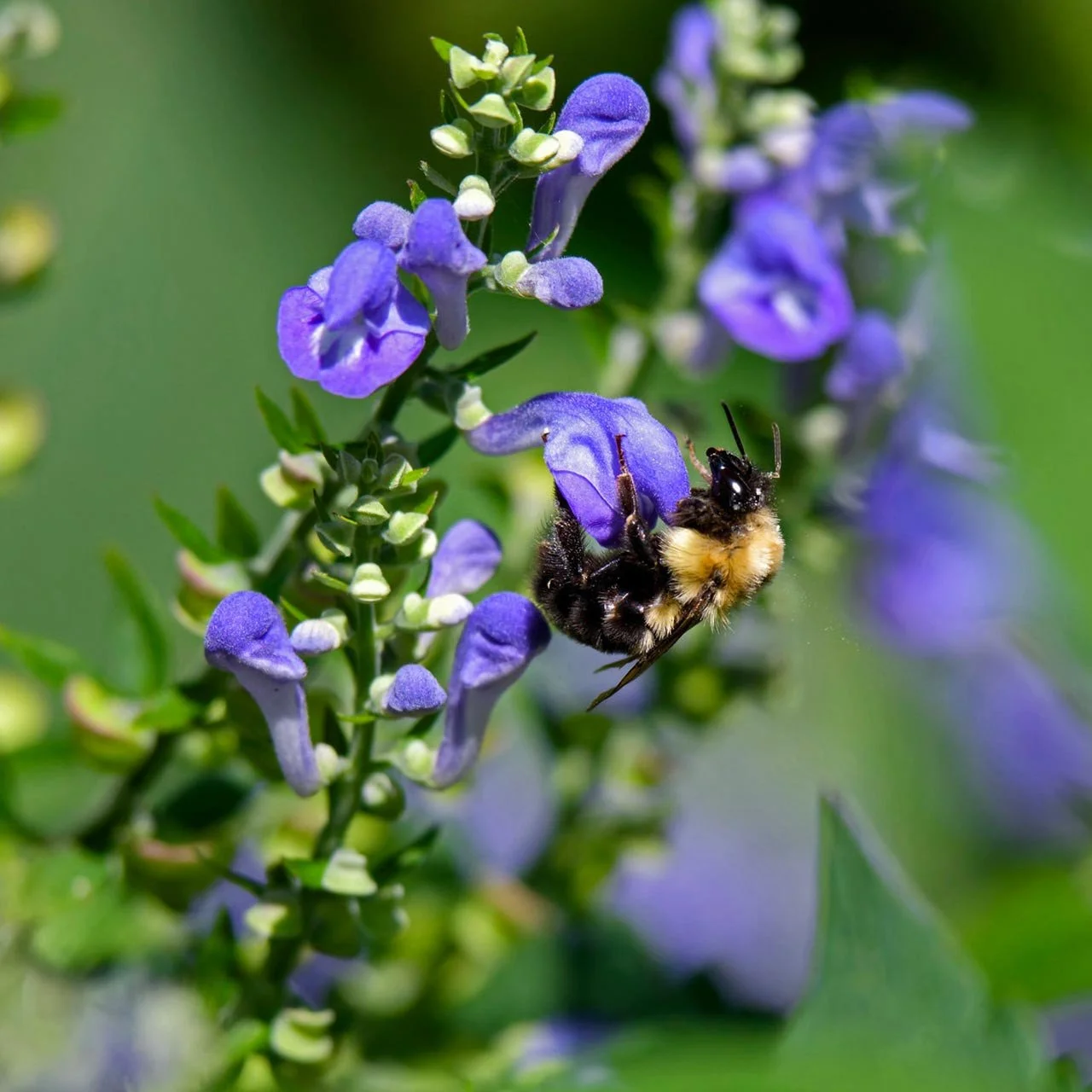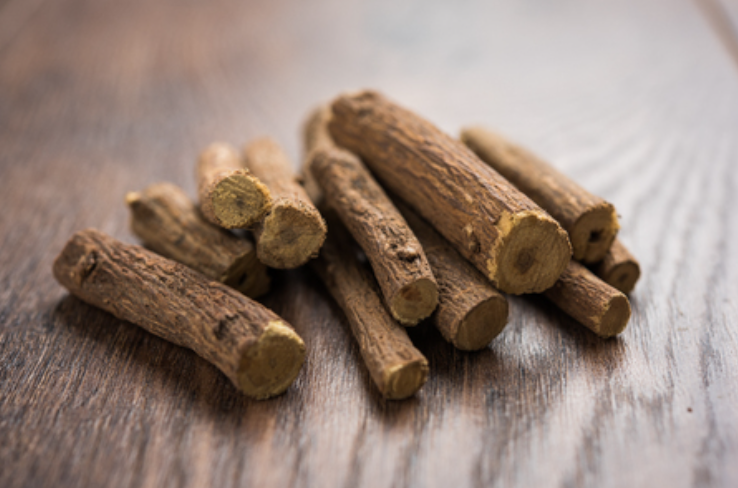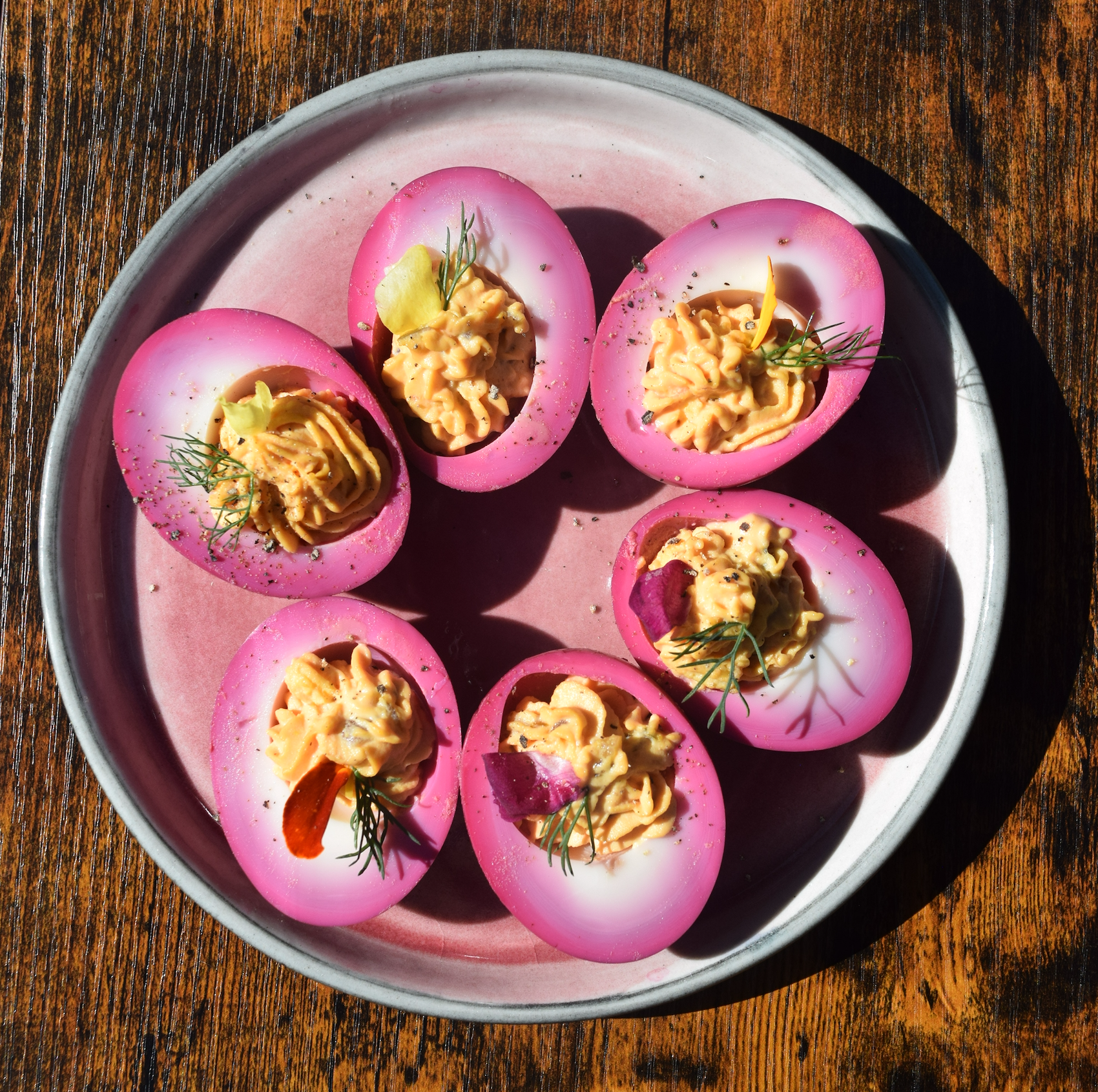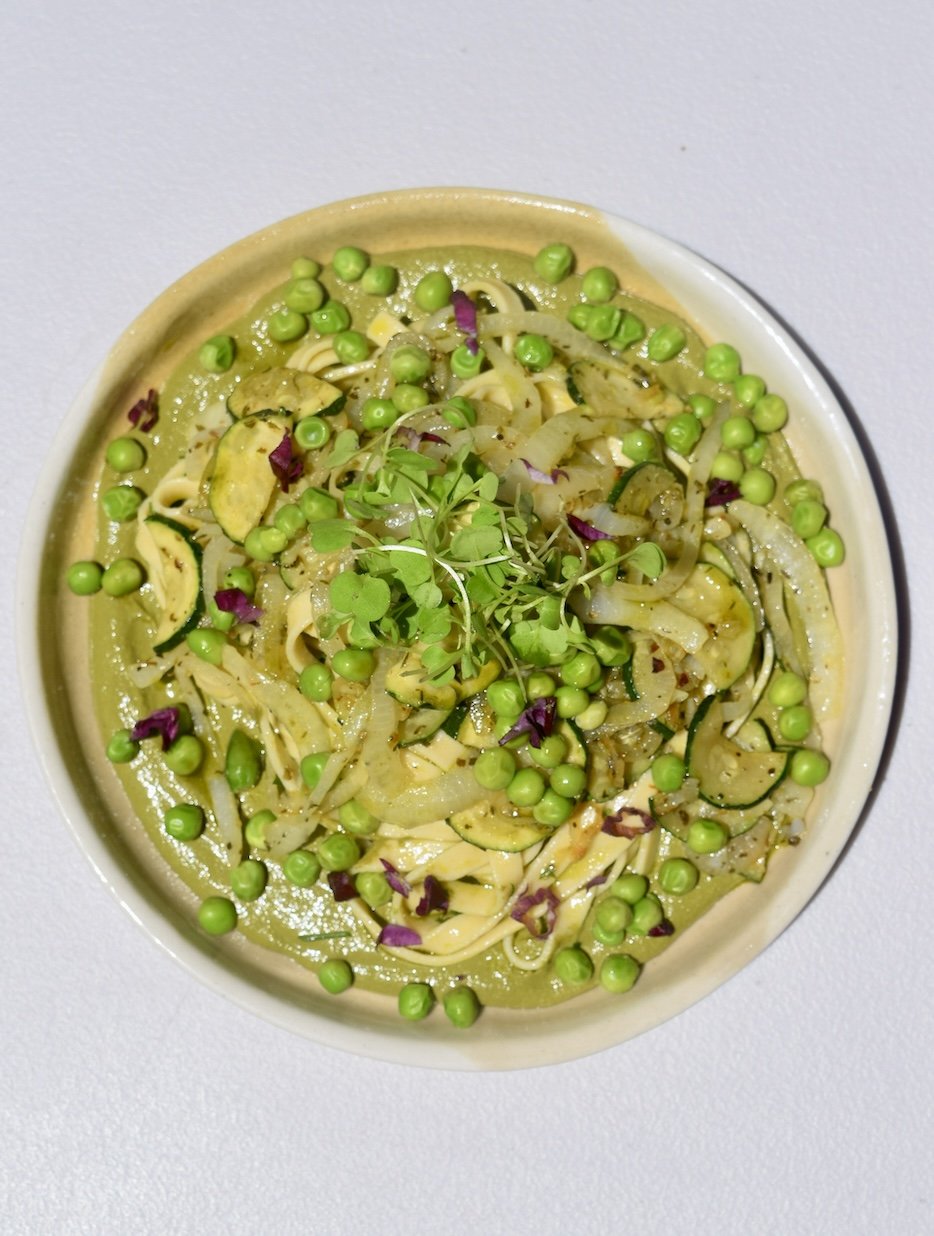Gemini Season: the Exchange of Information
On a warm breeze that promises of the coming Summer, Gemini season rushes us into a whirlwind of the final days of Spring from May 21st- June 21st.
The energy of Gemini is dynamic and versatile, a push to quickly shed the season we’ve come from, encouraging us to be adaptable and open-minded as our adventure continues.
We enter this stage with the virtues of patience and persistence fresh on our mind.
In the previous weeks, our teachers could be found in the slow, deliberate growth of the trees or plants in our garden—freshly emerged, with roots digging deep into the soil, and branches spreading wide to soak up the sun. This was the essence of Taurus: steady, reliable, and rooted in the here and now.
Now that this has grounded us, helping us to build and maintain some stability, Gemini will encourage us to be flexible, take risks, and stretch ourselves into the local network of support around us.
Plants that were once just budding, are now in full bloom, their colors vivid and bright. The days are longer, the weather warmer, and there's a palpable excitement in the air that begs us to communicate and share.
Think of dandelion seeds floating on the breeze, spreading far and wide,—this is Gemini's influence, teaching us to be light and adaptable.
Mutable Air
Gemini is the first of the mutable signs of the Zodiac.
Mutable signs are known for their ability to usher in change—they are the ones that help us transition from one season, or state of being, to the next. Mutable seasons are here to help us mutate.
Just like the shifting weather of late spring, this season brings us lots of variety and a readiness for something new and exciting to experience. In the element of Air, the focus for this stimulating change is on our mental agility and social interaction.
We like to think of mutable air quite literally, as a gentle breeze that can change direction at any moment. It’s light, free, and constantly moving. This breeze can carry new scents, ideas, and sounds from one place to another.
Just like this breeze, Gemini’s mutable air nature means it’s always ready to explore new ideas, start new conversations, and change its approach when needed.
During these weeks, the air is literally alive with the dance of pollinators—bees, butterflies, and even the wind itself. These pollinators are constantly on the move, flitting from flower to flower, spreading pollen and facilitating the growth of new life, acting as spiritual guides for us during this season.
While at first glance the flight patterns of the bees might seem random, a second glance would show you just how incredibly efficient they are. Adaptable and curious, the bees adjust their paths based on the availability of flowers, the weather, and even the movements of other pollinators. They even share their findings by dancing a map for their sisters with joy. Butterflies can also be found on the breeze, newly emerged from their cocoons, their delicate wings carrying them effortlessly between blossoms. Their journey is not just about reaching a certain destination, though many are migrating to warmer temps, but about the process itself—exploring, interacting, and adapting as they go.
And of course the wind plays a crucial role in the exchange of seeds and pollen, especially for grasses and trees. The wind carries pollen grains from one plant to another, often across great distances. This movement, mostly unseen yet vital, mirrors the way ideas and information flow during Gemini season—carrying new thoughts, sparking connections, and spreading knowledge far and wide.
Young animals, newly hatched or born in the spring, learn by mimicking their parents and siblings. A young wolf watching its pack, or a dolphin calf learning to swim by following its mother, embodies the spirit of Gemini's influence on learning. It’s all about curiosity, exploration, and the joy of discovery.
The Body’s Communication Switchboard
Our bodies during this season are particularly attuned to the rhythms of the breath and the impulses of our nervous system.
Gemini’s association with the nervous system comes from its rulership by Mercury, the planet of communication and mental processes.
The nervous system is the body’s communication network, transmitting signals between the brain and the entire rest of the body. This system’s agility and responsiveness are a great reflection of the quick thinking and adaptability embodied by the air sign.
Even the act of breathing itself we can think of as a form of communication between our bodies and the environment.
The lungs, which help to facilitate this exchange need our attention and care, especially as the wind carries heavy amounts of pollen and other agitators to the respiratory system. Overall this season has three major themes and effects on the body:
Increased Outdoor Activity
With warmer weather and longer days, we spend more time outdoors, engaging in sometimes strenuous physical activities that can challenge our respiratory systems. All this fresh air revitalizes our lungs, while the physical movement stimulates our nerves and helps our brain make new connections.
Mental Stimulation
The lively, curious energy of Gemini season encourages us to learn, explore, and communicate more. This heightened mental activity stimulates the nervous system, making it essential to support it with proper rest and nutrition.
Allergies and Respiratory Health
Spring can also bring allergies, which can affect our respiratory health. Managing allergies by avoiding allergens, eating honey and bee pollen that is local to your area, and maintaining good indoor air quality can help keep the lungs healthy during this season.
Recipes for Gemini Guardian Herbs
Cooling, Astringent, Lung Supportive
During this vibrant period, our minds are particularly active, our social interactions more frequent, and our desire to explore new ideas and environments are heightened. This energy aligns perfectly with herbs that support the nervous system, respiratory health, and mental clarity.
Peppermint (Minta piperita L.)
One of the most well-known uses of peppermint is for soothing digestive issues. If you've ever sipped on a cup of peppermint tea after a heavy meal, you know the relief it can bring to an upset stomach.
The natural compounds in peppermint, like menthol, help relax the muscles of the gastrointestinal tract, making it an effective remedy for bloating, gas, and indigestion
People of Turtle Island have used peppermint leaves in poultices to relieve pain and reduce fever. Its cooling nature makes it an ideal remedy for hot summer days and conditions that can make us feel inflamed and uncomfortable.
In European folk medicine, peppermint has been a go-to herb for digestive issues and respiratory problems as well. It was often brewed into teas or infused into oils to create soothing balms. During the cold months, peppermint tea was a common remedy for colds and coughs, giving both relief and a sense of comfort.
Peppermint also holds a special place in spiritual practices. With cleansing properties that can uplift the spirit and help us think straight, the scent is often used in aromatherapy to clear the mind and enhance focus. Whether you’re preparing for a big presentation or need a mental boost during a busy day, peppermint can help sharpen your thoughts and improve your concentration.
Recipe: Peppermint Honey
Gently warm 1 cup of honey in a saucepan until it becomes more fluid, being careful not to boil it.
Add 1/4 cup of fresh peppermint leaves to the warm honey and stir well.
Pour the honey and peppermint mixture into a clean jar and seal it tightly.
Let the mixture sit for one to two weeks, allowing the peppermint to infuse the honey with its refreshing flavor.
Strain the leaves out and store the peppermint-infused honey in a cool, dry place.
Milkweed (Asclepias syriaca L.)
Milkweed, rich in antioxidants, supports immune function and has been used traditionally for its medicinal properties and as a food source.
This herb was commonly used in remedies for respiratory issues and skin conditions. Spiritually, milkweed is associated with transformation and growth, reflecting its crucial role in the life cycle of monarch butterflies.
Recipe: Milkweed Pod Stir Fry
Blanch the young milkweed pods in boiling water for two to three minutes. This helps to remove any bitterness and ensures the pods are tender.
Drain the pods and set them aside.
In a large pan, heat 1tbsp sesame oil over medium heat. Add 2 cloves of minced garlic and sauté until fragrant.
Add the blanched milkweed pods and any additional vegetables you like. Stir-fry for about five to seven minutes, or until the vegetables are tender.
Pour in 2 tbsp soy sauce and stir to coat the vegetables evenly.
Serve hot, either on its own or over a bed of rice.
Skullcap (Scutellaria)
Skullcap has been used on Turtle Island for centuries for its ability to calm the nervous system, making it an excellent remedy for anxiety, stress, and insomnia.
The herb contains compounds like flavonoids and phenolic acids, which contribute to its calming effects. By incorporating skullcap into your routine, you can help reduce anxiety and promote a more restful sleep, which is crucial during the high-energy Gemini season.
Skullcap also supports cognitive health by protecting the brain from oxidative stress and inflammation. This can help enhance memory and focus. Whether you’re studying for an exam, working on a creative project, or simply trying to stay sharp, skullcap can be a valuable ally.
Recipe: Skullcap Salve for Tired Muscles
Begin by infusing 1 cup of coconut oil with skullcap. Place the coconut oil and 1/4 cup of dried skullcap in a double boiler or a heatproof bowl over a pot of simmering water. Heat gently for two to three hours, stirring occasionally.
After the infusion period, strain the mixture through a fine mesh sieve or cheesecloth to remove the skullcap leaves, collecting the infused oil.
In a clean double boiler or heatproof bowl, melt 1oz of beeswax over low heat.
Once the beeswax is melted, slowly add the infused coconut oil, stirring continuously until fully combined.
Pour the mixture into small jars or tins and let it cool completely to solidify.
This salve can be applied to sore muscles, temples, or pulse points to promote relaxation.
Cordyceps (Cordyceps sinensis)
This medicine has unique origins—growing on the larvae of caterpillars in the high altitudes of the Himalayas— giving it a mystical reputation.
The unique fungus is known to enhance the body's production of ATP (adenosine triphosphate), which is essential for delivering energy to muscles and improving overall physical performance. Incorporating cordyceps into your routine can help you stay active and engaged during the busy Gemini season.
In addition to boosting energy, cordyceps supports respiratory health by increasing oxygen uptake and improving lung function. Cordyceps also strengthens the immune system, helping to protect against illnesses and infections, which is crucial as we transition through the changing seasons.
Recipe: Cordycep Energy Balls
In a food processor, blend 1 cup of dates until they form a sticky paste.
Add 1/2 cup of nuts of your choice (cashews, almond, etc) and blend until the mixture is well combined and slightly chunky.
Add 2 tbsp of cordyceps powder, 1 tbsp cocoa powder, and 1/2 tsp of vanilla extract. Blend until all ingredients are thoroughly mixed.
Scoop out small portions of the mixture and roll them into balls.
Place the energy balls on a baking sheet lined with parchment paper and refrigerate for at least 30 minutes to firm up.
Lions Mane (Hericium erinaceus)
In Japanese culture, Lion's Mane is known as "Yamabushitake," and it has been revered for its ability to enhance mental clarity and spiritual insight.
Buddhist monks traditionally consumed Lion's Mane to help improve focus during meditation practices.
The mushroom contains compounds called hericenones and erinacines, which stimulate the production of nerve growth factor (NGF) in the brain. NGF is essential for the growth, maintenance, and survival of neurons, making Lion's Mane a powerful ally for brain health.
Recipe: Lions Mane Stir Fry
In a large pan or wok, heat olive oil and sesame oil over medium-high heat.
Add sliced onion and garlic, and sauté until the onion becomes translucent.
Add sliced Lion's Mane mushrooms and cook for about 5 minutes until they start to soften.
Stir in bell peppers, zucchini, grated ginger, and any other veggies you like. Continue to stir-fry for another 5-7 minutes until the vegetables are tender but still crisp.
Pour in tamari or soy sauce and stir well to coat the vegetables evenly.
Sprinkle the stir-fry with sesame seeds and toss to combine.
Remove from heat and garnish with fresh cilantro before serving.
Lemongrass (Cymbopogon citratus)
Lemongrass has been widely used in Ayurvedic and Southeast Asian traditional medicine for centuries. In Ayurveda, lemongrass is valued for its ability to treat digestive issues, reduce fever, and clear up infections.
Lemongrass can also help give us better digestion, reduce inflammation, and relieve anxiety. This fragrant herb contains compounds like citral and limonene, which make it both soothing and anti-inflammatory for the body.
However one of the standout benefits of lemongrass by far is its ability to relieve anxiety and stress. The herb's calming properties can help reduce tension in the body and promote relaxation, making it an excellent choice for maintaining keeping a clear head and emotional balance. It also supports respiratory health by helping to clear congestion and improve breathing, which can be so helpful during spring when allergies are common.
Recipe: Lemongrass Coconut Soup
In a large pot, heat 2tbsps of olive oil over medium heat. Add sliced onion, garlic, and grated ginger to taste, and sauté until the onion becomes translucent.
Add 2 stalks of finely chopped lemongrass and cook for another 2 minutes, allowing the flavors to meld.
Stir in sliced mushrooms, bell pepper, and zucchini, and cook for about 5 minutes until the vegetables start to soften.
Pour in 2 cups of vegetable broth and bring to a gentle simmer. Let the soup simmer for about 10 minutes to allow the flavors to blend.
Add 1 can (14oz) of coconut milk, lime juice, and soy sauce or tamari, stirring well to combine. If using tofu or chicken, add it at this stage and cook until heated through.
Simmer the soup for another 5-10 minutes, adjusting seasoning to taste.
Remove from heat and garnish with fresh cilantro before serving.
Licorice Root (Glycyrrhiza glabra)
Licorice root is celebrated for its ability to soothe the digestive tract, support respiratory health, and reduce inflammation. This versatile herb contains glycyrrhizin, a compound that provides powerful anti-inflammatory and immune-boosting properties.
Licorice root also helps to reduce inflammation throughout the body, providing relief from conditions such as arthritis and other inflammatory disorders. Its anti-inflammatory properties can help protect the body from chronic inflammation and promote overall health
In traditional Chinese medicine, licorice root (known as Gan Cao) is used to harmonize the effects of other herbs in formulas, support the adrenal glands, and treat various ailments such as coughs, sore throats, and digestive issues. The herb is considered a "guide herb" in Chinese medicine, helping to enhance the effects of other herbs and bring balance to the body.
Recipe: Licorice Lozenges
Gently warm 1 cup honey in a saucepan over low heat until it becomes more fluid. Be careful not to let it boil.
Stir in 1/4 cup of licorice root powder and grated fresh ginger (if using) until fully combined.
Continue to heat the mixture gently for another 5-10 minutes, stirring occasionally to prevent burning.
Pour the mixture into candy molds or drop spoonfuls onto parchment paper to form lozenges.
Allow the lozenges to cool and harden completely before removing from the molds or parchment paper.
Store the lozenges in an airtight container in a cool, dry place.
Mulberry (Morus alba)
Mulberry is rich in antioxidants, vitamins, and minerals that support cardiovascular health, boost immunity, and improve overall vitality. The berries are packed with vitamins C and K, iron, potassium, and calcium, which contribute to their numerous health benefits.
One of the standout benefits of mulberry is its ability to support immune function. The high levels of vitamin C and antioxidants in mulberries help strengthen the immune system, making it easier to fend off infections and illnesses.
Recipe: Mulberry Smoothie
Place 1 cup of mulberries, 1 banana, 1 cup of plant-based milk, 1/2 cup of spinach or kale (if using), 1 tbsp chia seeds or flaxseeds, and 1 tbsp honey or agave syrup (if using) in a blender.
Blend until smooth and creamy, adding more milk if necessary to reach the desired consistency.
Pour the smoothie into a glass and enjoy immediately.
Basil (Ocimum basilicum)
Basil is a common kitchen herb that’s well known for its anti-inflammatory, antioxidant, and digestive health properties.
This fragrant herb has all kinds of essential oils such as eugenol, linalool, and citronellol, which make it a strong anti-inflammatory and antimicrobial plant.
Basil is rich in antioxidants, which help protect the body from oxidative stress and damage caused by free radicals.
The herb's high levels of vitamins A and C, along with flavonoids, support immune function, promote healthy skin, and enhance overall vitality. It has also been found to have adaptogenic properties, helping the body cope with stress better.
Recipe: Basil Pesto
In a food processor, combine 2 cups of basil leaves, 1/2 cup of pine nuts, and 2 cloves of garlic. Pulse until the ingredients are finely chopped.
With the food processor running, slowly add 1/2 cup of olive oil in a steady stream until the mixture is smooth and well combined.
Add 1/4 cup of nutritional yeast, 1 tbsp lemon juice, salt, and pepper to taste. Pulse a few more times to blend the ingredients thoroughly.
Transfer the pesto to a jar or container and store it in the refrigerator for up to a week.
Dill (Anethum graveolens)
Dill makes for easier digestion, reduces menstrual cramps and pain, and supports our respiratory health.
Ancient Egyptians used dill for digestive issues, and it has been traditionally used in European folk medicine as well for its calming properties.
In the culinary world, dill is a staple herb in many cuisines, adding a fresh and tangy flavor to dishes. The versatility of dill in both culinary and medicinal applications shows just how important and accessible it is for us.
Recipe: Homemade Dill Pickles
In a saucepan, combine the water, white vinegar, salt, and sugar. Bring the mixture to a boil, stirring until the salt and sugar are dissolved. Remove from heat and let it cool to room temperature.
In clean jars, divide the garlic cloves, fresh dill, black peppercorns, mustard seeds (if using), and red pepper flakes (if using).
Pack the cucumber slices tightly into the jars.
Pour the cooled vinegar mixture over the cucumbers, ensuring they are fully submerged.
Seal the jars with lids and refrigerate for at least 24 hours before enjoying. For best flavor, let the pickles sit for 2-3 days.
Lily of the Valley (Convallaria majalis)
Lily of the Valley is celebrated for its ability to support heart health and act as a mild sedative. This beautiful herb contains cardiac glycosides, which can help regulate heart function and improve circulation.
Historically, it was used to treat heart conditions, like congestive heart failure and arrhythmias, due to its ability to strengthen heart contractions and improve blood flow.
In addition to its heart benefits, Lily of the Valley has mild sedative properties that can help reduce anxiety and promote relaxation. This can be particularly beneficial during Gemini season, when the fast-paced energy and increase in our social interactions can sometimes lead us to mental and emotional strain.
Recipe: Lily of the Valley Perfume
In a small spray bottle, combine 1/4 cup of distilled water and 2 tbsp of vodka. The vodka acts as a preservative and helps the fragrance last longer on your skin.
Add 10 drops of Lily of the Valley essential oil (ensure it is specifically for fragrance and not consumption) to the bottle. If you’d like, you can add 5 drops of bergamot essential oil for a more complex scent.
Cap the bottle and shake well to combine all the ingredients.
Allow the perfume to sit for a few days to let the scents meld together. Shake the bottle gently before each use.

